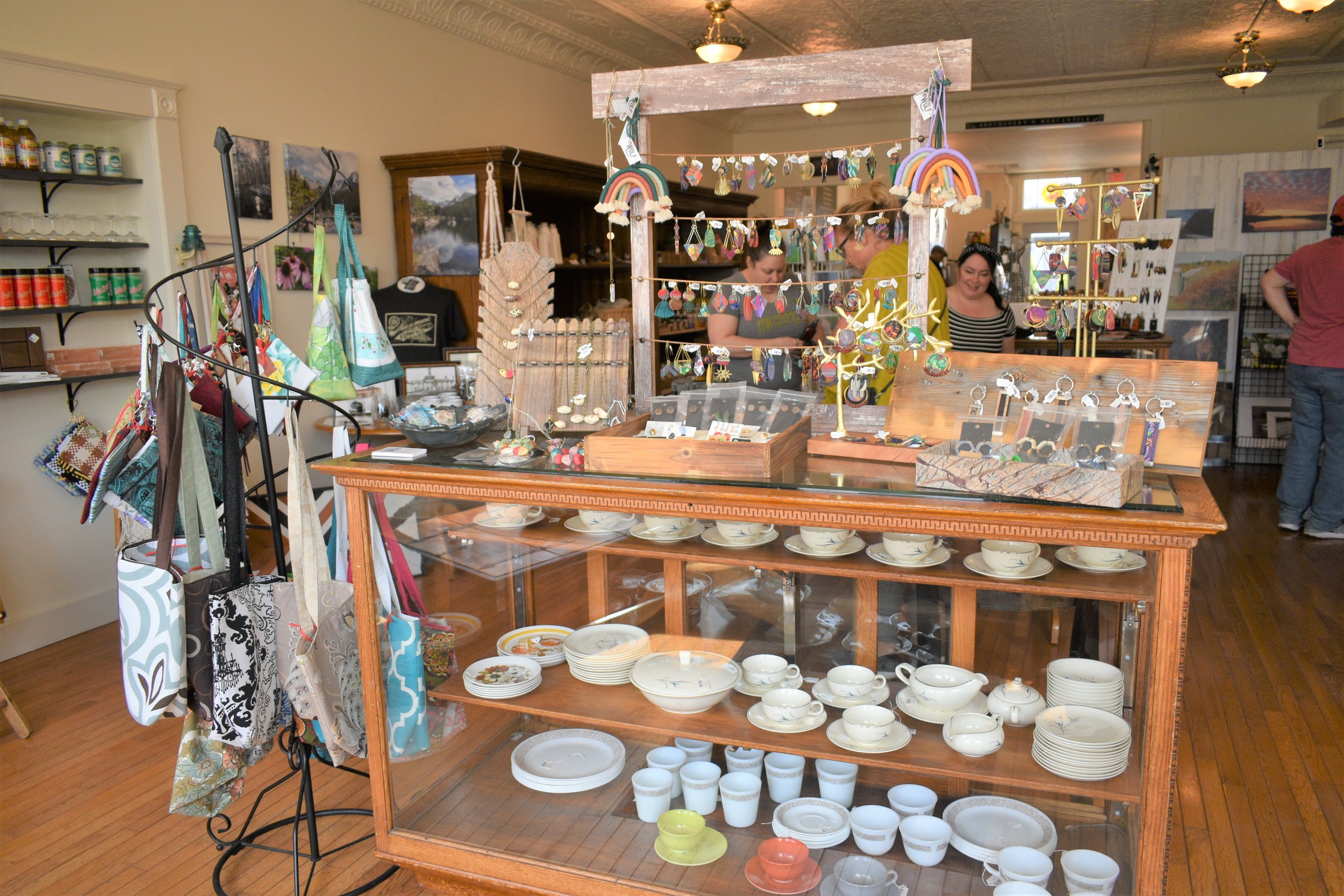Cashton sugarbush production winds down
Having over 1100 Maple syrup producers across the state, combined, producing over 300,000 gallons last year, puts Wisconsin 4th in the U.S. under Vermont, New York, and Maine respectively as a top producer.
A couple weeks ago, I found myself standing in an impressive sugar shack located outside of Cashton Wisconsin. The shack that sits on the edge of 40 acres of sugar maples, that age anywhere between 50 and 150 years old.
The land is owned by Cecil Wright who works the sugarbush with close friend Eric Meyer. According to Maple Valley Cooperative’s website, Wright is from North East Ohio, an area that also sees a large amount of syrup production.
Wright, having been familiar with maple sugaring all his life, in the 80’s, along with a couple friends, pulled together selling syrup across the country. Eventually, Wright and the business moved to Wisconsin in 1997 and he bought a Maple Forest to help support the supply.
“I started working with Cecil three years after he got started and we built the sugar house together”, said Meyer. “I worked as an employee for two years. We got his woods all set up and then I bought land next to Cecil's land and started tapping my woods. We changed our business arrangement to be partners at that point”.
Wright and Meyer’s business has grown over the years little by little, with the tapping of more trees and upgrading of equipment. Meyer acknowledged he and Wright understand in farming, you have good years and bad years, and are grateful they have seen growth each year. Growth that now sees them with around 4000 taps and some advanced equipment.
Meyer said on a good day their trees produce 6 to 7000 gallons of sap, and about 4000 gallons on a slower day. Keep in mind it generally takes 40 gallons of sap to produce 1 gallon of syrup.
Their sap production typically dependent on weather, runs the month of March and a little into the first week of April. Meyer said they started tapping trees mid-February and completed the process in about 10 days with the help of volunteers.
This year, Meyer said the two didn't start cooking until around the 14th of March. “The weather just got cold and stayed cold and we didn't have sap. We're hoping this year, the season will stretch into the end of first week of April.”
Wright and Meyer produce syrup for Maple Valley Cooperative based in Cashton. Meyer said that is the label that most of their Maple syrup is sold under. He stressed the syrup they produce is certified organic and that is important to them. They see themselves as stewards of their trees and land, always striving to produce a quality product.
Meyer shared that in addition to their being a part of the coop, they bottle syrup for themselves and sell to friends and family under their own small label.
The coop has its own bottling facility that includes warehouses, shipping and receiving and is currently renovating and expanding to include a larger bottling facility and more storage for syrup.
As for Wright and Meyer’s future plans? “I would say that we're actually pretty content with our size. If land came up for sale right next to us, we would consider expanding, but we're kind of hemmed in on several sides by a bunch of open fields. We have another sugaring operation next door to us, and state-owned land to the North. So, there's not a lot of room to grow right here. We could rent out woods elsewhere, but that becomes more involved. We would have to manage getting sap from our two locations here to the sugar house, then have to start trucking sap, and that just adds a whole extra layer of time and sap hauling. Right now, we have a really comfortable level of commitment,” said Meyer.
He noted that with how advanced their machinery is in relation to how many taps they have, the two are not in the sugar house from 6pm until 3am any longer. “We used to do that way back in the day when we had a different evaporator and no reverse osmosis. (Using reverse osmosis saves time by reducing the water content quickly by as much as 75% prior to sap entering the evaporator.) We’ve made these advancements so we can pick our times to cook. We can cook from 2 to 6pm and be done for the day. So, it's very comfortable right now.”
Meyer also noted the grade of syrup produced depends on the weather and the sugar content, and how long you cook the sap. “You end up with darker syrup if you don't use reverse osmosis, because there's a lot more personalization that happens with a syrup when it's cooked for a longer period of time. With the reverse osmosis, it's very important for us to be able to save time and money, and the sap doesn't have to cook nearly as long to boil off all that same water. So, we end up with a larger quantity of lighter grade syrup.”
Meyer said with 4000 taps, they look for each tap to produce in the end, a half-gallon of syrup resulting in about 2000 gallons of syrup. “We feel that is a good season. It can fluctuate anywhere from 1000 gallons to 3000 gallons. So big variations, depending upon the weather. If it just gets warm and temperatures are in the 50s and 60s and we don't have freezing nights to force the trees to push the sap back down below ground, the season can go really fast and we don't get nearly as much sap. We ideally want three to four weeks where we have a lot of nights where it's below freezing, and days where it's in the 30s and 40s. That'll stretch the season out for about a month.”













